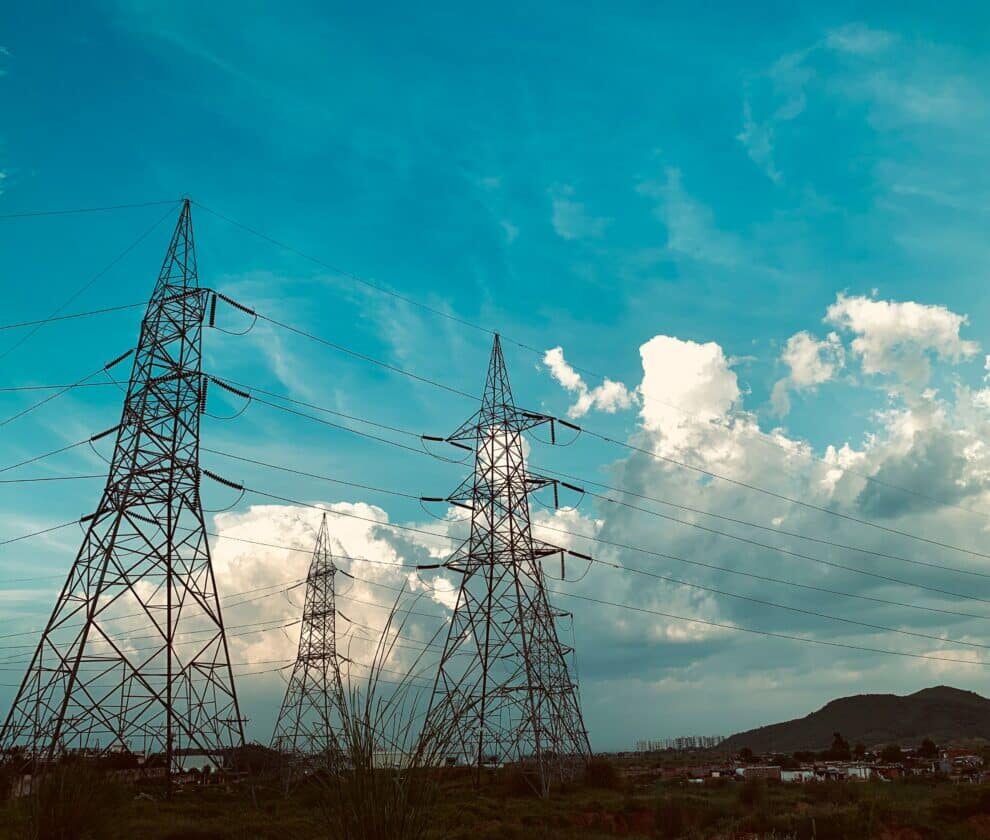Wednesday, September 13 (Washington, D.C.) — A new report by Grid Strategies for Americans for a Clean Energy Grid identifies 36 high-capacity transmission projects that could be ready to break ground in the near term and, if completed, would connect 187 gigawatts of renewable resources to the grid, create 3.3 million jobs, improve electric reliability, and lower electricity costs for consumers.
In the first update to their 2021 “Transmission Projects Ready to Go” report, ACEG/Grid Strategies catalog projects that have obtained, or are close to obtaining, all required permits and are actively pursuing the cost allocation or subscriptions needed to move forward with development.
However, due to the many challenges that hinder transmission, the authors expect less than half of these projects will actually proceed to construction in the coming years without policy reforms that improve how transmission is permitted and paid for in the United States.
The country will also need substantially more transmission investment to fully decarbonize the power system and strengthen the ties between regions that allow energy to flow freely where it’s most needed. While many of the projects contained in this report are significant, they represent just over 10% of the investment needed to cost-effectively build a clean and reliable grid.
“The projects identified in this report will deliver major benefits for American consumers by helping them to access cleaner, cheaper, and more reliable energy,” said ACEG Executive Director Christina Hayes. “It’s encouraging to see lines that have been in the works for years finally start to move forward, but way too many are facing years-long delays, and we are still taking a piecemeal approach to expanding transmission. Our grid is a public good that all Americans rely on. We have to proactively build out an interconnected transmission network that is capable of meeting our long-term needs.”
ACEG/Grid Strategies’ inaugural 2021 report identified 22 “shovel-ready” projects, and the expansion to 36 in this edition largely represents expanded market interest in transmission. Much of the growth is from new lines to interconnect offshore wind resources, but new projects serving a range of purposes have emerged.
Ten of the 22 projects identified in 2021 have since begun construction, a clear sign of progress. Federal permitting approvals have been instrumental to this success, and these lines are expected to add approximately 20,000 megawatts of new generation to the grid. Relative to other projects that have not yet progressed, however, these 10 had an easier path to recovering their costs, for example because a specific generator subscribed to the line to transport their resources or because state regulators were able to allocate the costs of a smaller-scale line to ratepayers.
“While it is promising that transmission lines from discrete generation resources to discrete utility off-takers have been able to move forward, what the U.S. really needs is a comprehensively-planned network of transmission that moves energy from region to region in a way that’s cost effective and reliable,” said report lead author Zachary Zimmerman.
When transmission lines cross multiple states or regions, it can be more difficult to determine who benefits from, and who should pay for, the project. Yet, that is exactly the kind of transmission the U.S. needs. Even some of the most significant projects in this report — including the Midcontinent Independent System Operator’s (MISO) and Southwest Power Pool’s (SPP) joint portfolio of projects — still have not finalized a cost allocation framework.
“To plan and pay for integrated network lines that serve economic, reliability, resilience, and other needs, policies will have to address transmission planning and cost allocation,” said Grid Strategies President and report co-author Rob Gramlich.
Michael Goggin, Grid Strategies Vice President and report co-author, added, “Interregional transmission helps keep the lights on when local resources are taken offline by severe weather, yet this type of transmission remains stalled by regulatory structures that fail to value this resilience or provide a means of recovering costs.”
The report also highlights several policy priorities that would help more lines move forward. The recommendations include:
- Congress should create an investment tax credit for significant transmission lines, which would provide the long-term policy certainty needed to supercharge investment in the grid — much like the Inflation Reduction Act’s clean energy tax credits have led to a boom in wind, solar, and storage development. A tax credit would also help address the challenge of cost allocation for major lines.
- Congress should ensure the Federal Energy Regulatory Commission has the authority to site larger transmission lines, which have a clear national impact.
- FERC should finalize a strong rulemaking for planning and allocating the costs of transmission lines.
- Congress or FERC should enact a policy that requires sufficient interregional transmission.
To download a copy of the full report, click here.
###
About Americans for a Clean Energy Grid:
Americans for a Clean Energy Grid (ACEG) is a non-profit, broad-based public interest advocacy coalition focused on the need to expand, integrate, and modernize the North American high-capacity grid. ACEG brings together a diverse coalition — including business, labor, consumer, environmental groups, and other transmission supporters — to advocate for policies that recognize the benefits of a robust transmission grid. For more information, please visit cleanenergygrid.org.
Media Contact:
Hannah Schuster, Communications Associate
hannah@dgardiner.com | 703-298-2339






